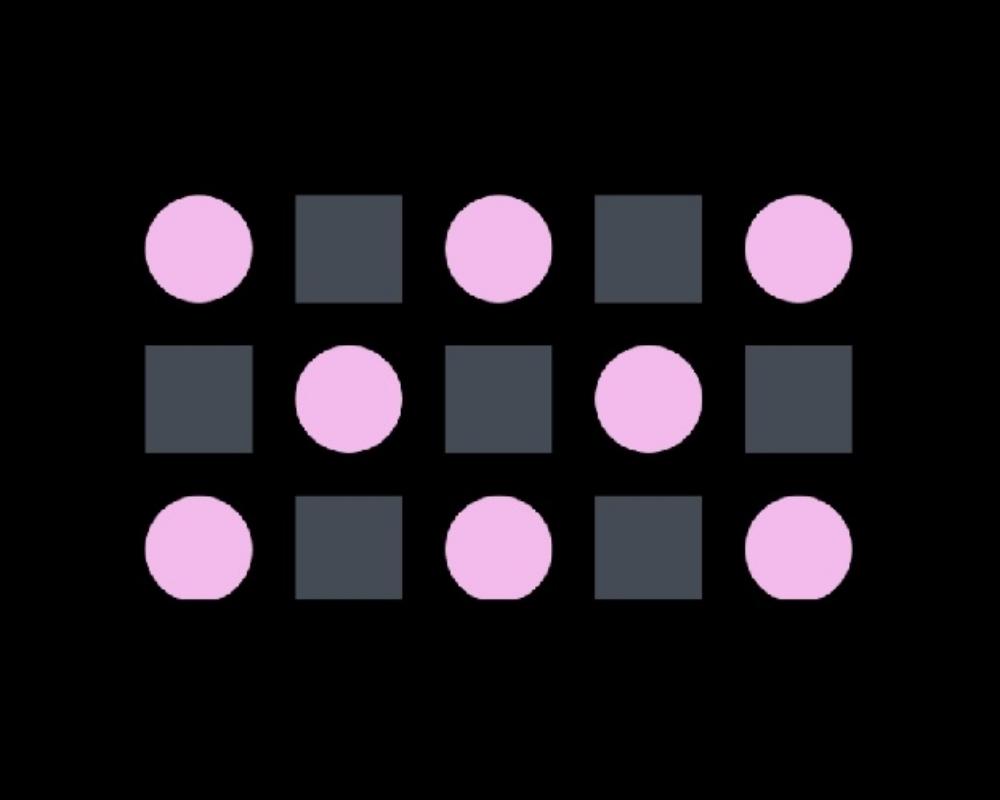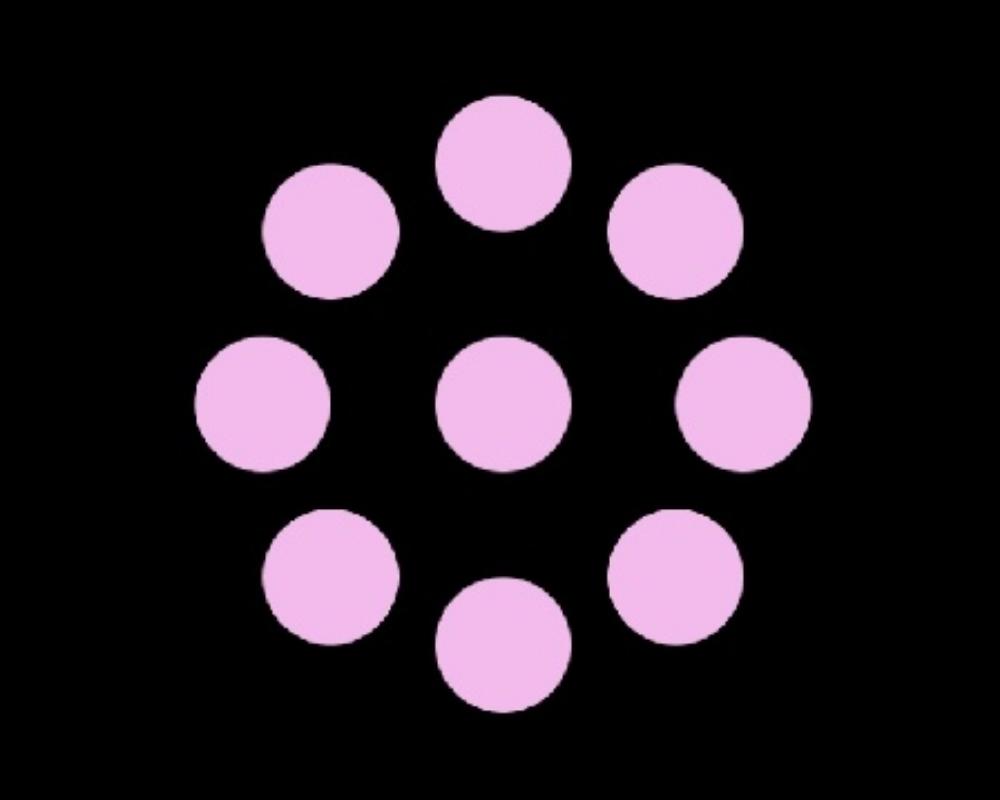5. Repetition
Rhythm is the repetition of elements in a design. This can create a sense of movement, excitement, or calmness.
41
362 reads
CURATED FROM
IDEAS CURATED BY
The fundamentals of design can be used to create a wide variety of designs form simple logos to complex websites.
“
Similar ideas to 5. Repetition
6. Unity
Unity is the sense of a whole that is created when all of the elements of a design work together. This can be achieved through the use of repetition, rhythm, color, or shape.
Basic Graphic Design Principles
Repetition
- Definition: Repetition is simply repeating a single element many times in a design.
- Importance: To create a sense of unity and consistency throughout a design.
Contrast
- Definition: The difference between two or...
Understanding the elements and principles of art and design
The elements and principles of art and design are the foundation of the language we use when we speak about art.
- The elements of art are the visual tools an artist employs to create a composition: The elements are li...
Read & Learn
20x Faster
without
deepstash
with
deepstash
with
deepstash
Personalized microlearning
—
100+ Learning Journeys
—
Access to 200,000+ ideas
—
Access to the mobile app
—
Unlimited idea saving
—
—
Unlimited history
—
—
Unlimited listening to ideas
—
—
Downloading & offline access
—
—
Supercharge your mind with one idea per day
Enter your email and spend 1 minute every day to learn something new.
I agree to receive email updates

